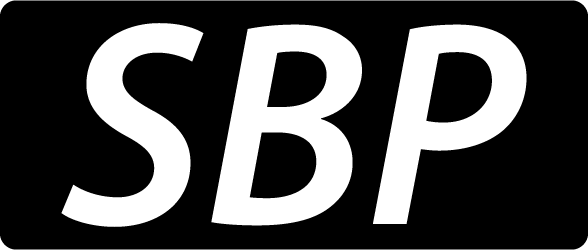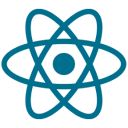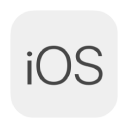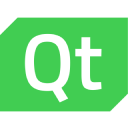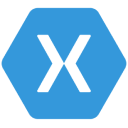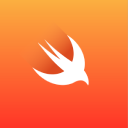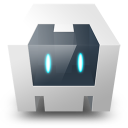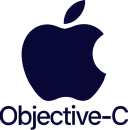Objective-C is an object-oriented programming language used for developing software for OS X and iOS. It is a superset of the C programming language, with dynamic runtime and object-oriented capabilities. It gives users the possibility to compile any C program with an Objective-C compiler and to freely include C language code within an Objective-C class.
This language follows the syntax, primitive types and flow control statements of the C language, while adding syntax for defining classes and methods. Objective-C also adds language-level support for object graph management and object literals, while providing dynamic typing and binding, deferring many responsibilities until runtime.
The programming language was originally developed in the early 1980s and it was the main language used by NeXT for its NeXTSTEP operating system, from which OS X and iOS are derived.

